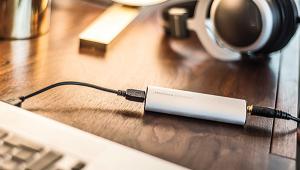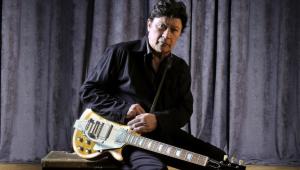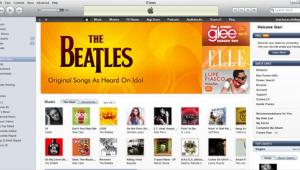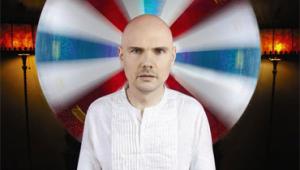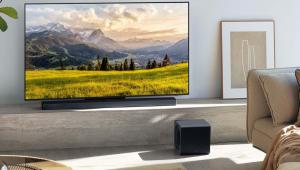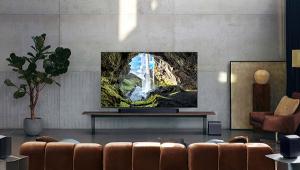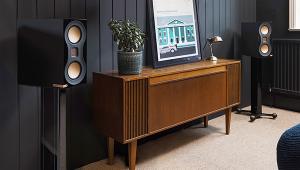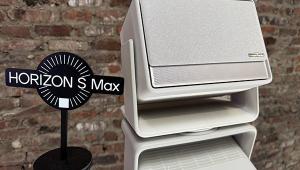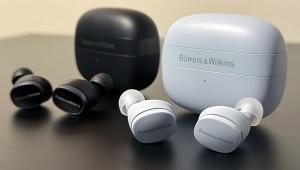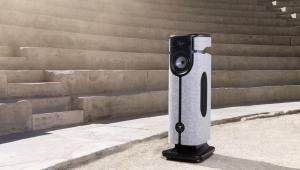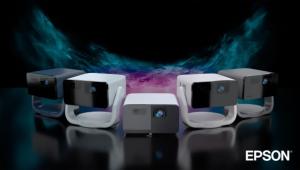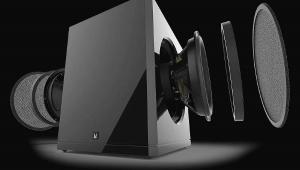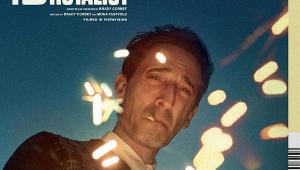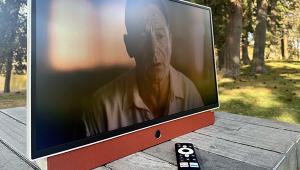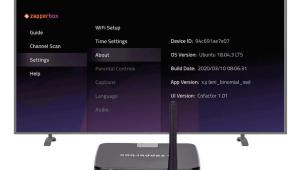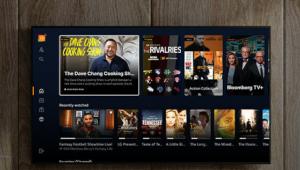Blue Men Exposed! Page 2
How to Hear BlueWhen I walk into the control room, Wink is holding a small keyboard in his lap, joyfully tapping out the chords and singing the melody for a song he's written, getting Goldman and Stanton caught up in his enthusiasm for the new tune. It's a spontaneous example of the Group's signature wide-eyed innocence - something they've carried over into multichannel with what Wink calls their "Forrest Gump approach to surround."
Goldman elaborates. "With Audio, we were actually trying to solve a problem as opposed to saying, 'Oh, let's see what we can do with 5.1.' We were like, 'Man, we have way too many tracks to get into a stereo mix. This sucks.' But when we heard Audio in surround, we said, 'Wow, that's our album fully realized.' "
Stanton defers to producer Todd Perlmutter and engineer Andrew Schneider for an example of the Group's dilemma, saying, "I'm glad they're here because they can say much more intelligent things than we can." Perlmutter recounts dealing with Audio's continuously rampaging percussion. Battalions of drummers were set up, recorded, and then rearranged with different percussion instruments to be recorded again. When all the tracks were combined for the stereo mix, the result bordered on opaque. But when they did the first surround mixes, Perlmutter was amazed by the results. "You can hear all 96 tracks," he says.
Wink mentions that "the other thing surround is good for is that you can really vibe in to the timbre of an instrument. A lot of ours - like the cimbalom [a kind of dulcimer struck with drumsticks] and the PVC instrument [their trademark homemade contraption made from plumbing tubes] - are buried in a stereo mix, so you can't really lean into them and feel their uniqueness."
Schneider lays out the Group's m ain goals when they do a surround mix: "One, we want to open it up, because there are so many instruments and a lot of different timbres and things. And two, when you're listening anywhere in the room, or even from outside the room, the mix should still sound good. You don't have to be in one spot to appreciate it."
Goldman recounts when they discovered that enjoying a surround mix didn't mean be ing wedded to a sweet spot. "When we were mixing Audio, we started listening to other 5.1-channel stuff. I had a multichannel album on in my living room while I was in the kitchen, and from there it sounded like crap. Then Todd and Andrew did the first surround mix for Audio, and it sounded amazing no matter where we listened to it."
- Log in or register to post comments


